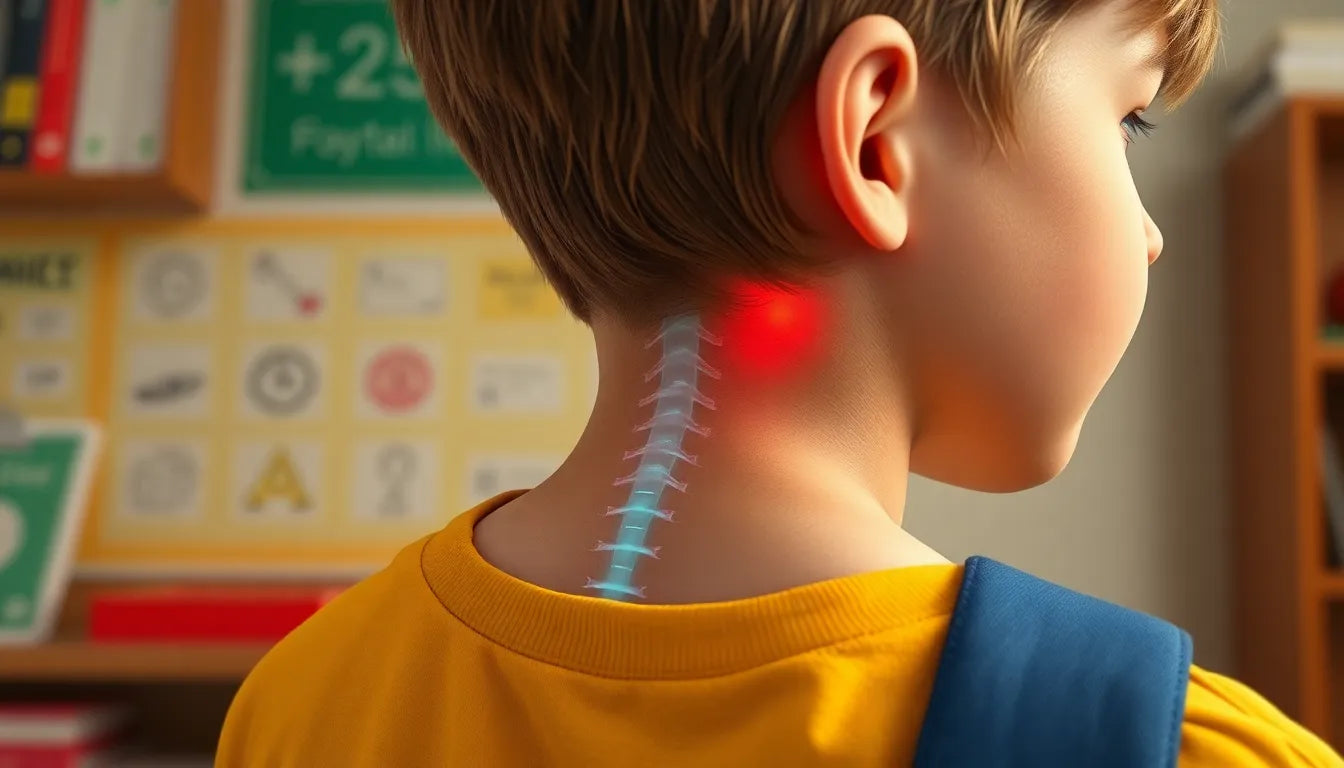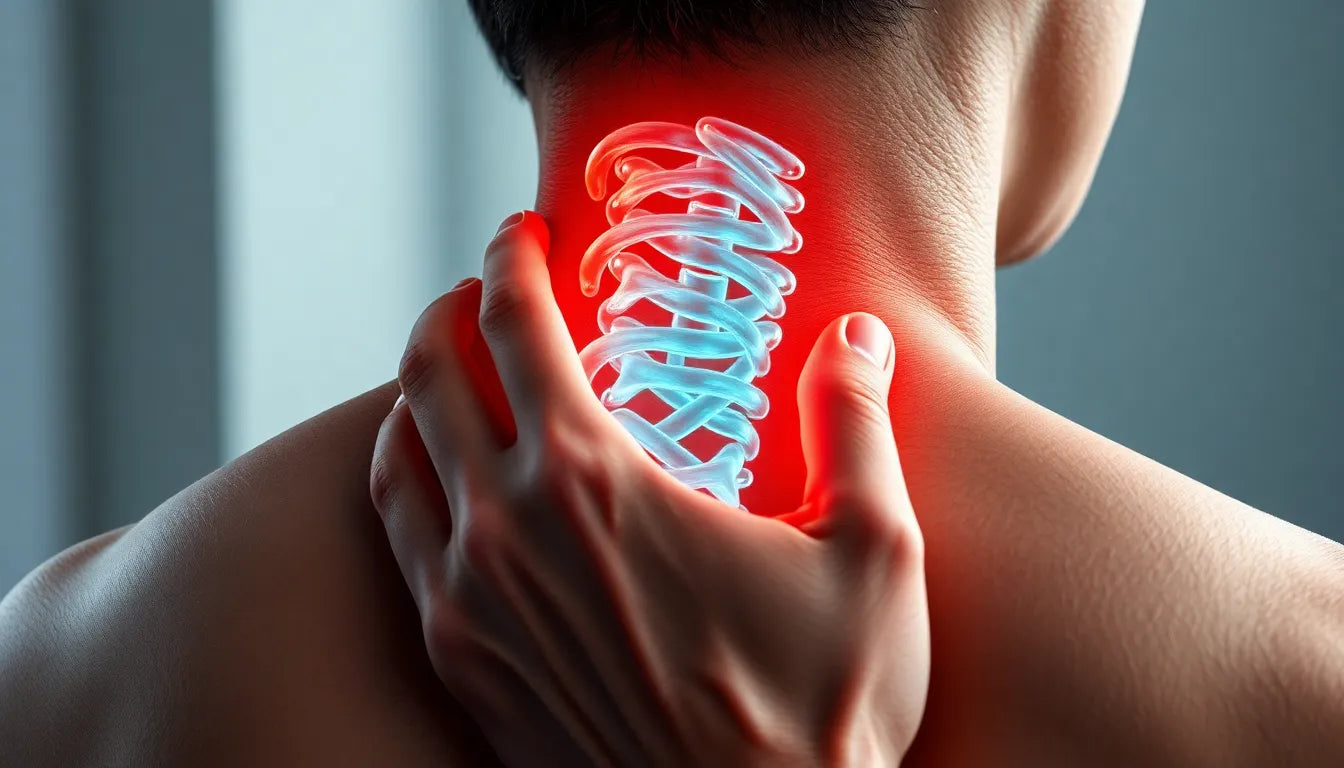Experiencing pain in the lower back and abdomen is a common issue that affects a significant portion of the adult population. This discomfort can disrupt daily life, making it challenging to perform routine activities. The prevalence of such pain is due in part to the interconnected nature of the body's nerve pathways and organ systems, which means that issues in one area can easily affect another. Understanding the complexity of these pain areas is crucial for finding relief and determining when it is necessary to seek medical assistance.
Understanding the causes of pain in the lower back and abdomen
Recognizing the underlying causes of pain in the lower back and abdomen is vital for effective management and relief. The range of potential causes varies widely, from benign issues that can be resolved with simple lifestyle changes to more serious conditions that require medical intervention. Awareness of these causes allows individuals to take proactive steps in addressing their symptoms and seeking timely treatment when necessary.
Common causes of this type of pain include digestive issues such as constipation or food poisoning, which can lead to abdominal discomfort that radiates to the back. Urinary tract infections (UTIs) are another frequent culprit, often accompanied by symptoms like bloating and a persistent ache. Musculoskeletal problems, such as lower back pain (lumbago), herniated discs, or facet joint syndrome, can also manifest as pain in both the lower back and abdomen, potentially leading to radiating pain, numbness, and limited mobility.

Lumbar support belt
Adjustable belt provides strong support and relief for lower back pain, herniated discs, or sciatica.
It is important to be aware of gender-specific causes as well. Women may experience pain related to menstrual cycles, pelvic tension, or post-childbirth changes, while men might encounter issues stemming from prostate problems or hernias. These gender-specific conditions underscore the need for tailored approaches to diagnosis and treatment.
In some cases, the pain may be indicative of more serious conditions, such as multiple myeloma or acute pancreatitis. These conditions require prompt medical evaluation, especially if accompanied by red flag symptoms like persistent pain, neurological deficits, or sudden severe symptoms. Recognizing these warning signs is crucial for ensuring timely and appropriate medical care.
This blog post aims to guide you through the potential causes of pain in the lower back and abdomen, offering insights into when you should consider self-care strategies and when it is imperative to seek professional medical advice. By understanding the various factors that contribute to this discomfort, you can better navigate the path to relief and improved well-being.
exploring common causes of pain in the lower back and abdomen
Understanding the root causes of pain in the lower back and abdomen is essential for identifying appropriate treatment and relief strategies. Among the most prevalent causes are digestive and urinary issues. Conditions such as constipation and food poisoning can lead to abdominal discomfort that often radiates to the back. Similarly, urinary tract infections (UTIs) are notorious for causing persistent pain and bloating, with the discomfort sometimes extending to the lower back.
Musculoskeletal issues also frequently contribute to pain in these areas. Conditions like lower back pain (lumbago), herniated discs, and facet joint syndrome are common culprits. These conditions may result in symptoms such as radiating pain, numbness, and limited mobility, affecting your daily activities and quality of life. Understanding these musculoskeletal causes can help in seeking the right interventions, such as physical therapy or ergonomic adjustments.
gender-specific causes of lower back and abdominal pain
Gender-specific factors can also play a significant role in the experience of pain in the lower back and abdomen. For women, menstrual pain and pelvic tension are common issues that can cause significant discomfort. Post-childbirth changes can also contribute to ongoing pain in these regions. Men, on the other hand, may experience pain due to prostate issues or hernias. Recognizing these gender-specific causes is crucial for tailoring treatment approaches to individual needs.
identifying serious and rare causes
While many causes of lower back and abdominal pain are benign, it is important to be aware of more serious conditions that require medical attention. Persistent pain, neurological deficits, or sudden severe symptoms should not be ignored. Conditions such as multiple myeloma, a type of cancer, can manifest as persistent back pain and fatigue. Acute pancreatitis, characterized by sudden and severe pain in the upper abdomen that may radiate to the back, is another serious condition that necessitates immediate medical evaluation. Understanding these red flags is vital for ensuring timely intervention and preventing complications.
practical advice for managing pain
When it comes to managing pain in the lower back and abdomen, self-care strategies can be highly effective for less severe cases. Lifestyle adjustments, such as incorporating ergonomic aids and correcting posture, can alleviate strain on the back. Gentle stretching exercises can also help improve mobility and reduce discomfort.

Men's Posture Shirt™ - White
Activates muscles and improves posture, helping reduce pain and tension in daily life.
Over-the-counter pain relief options, such as nonsteroidal anti-inflammatory drugs (NSAIDs), can provide temporary relief for mild pain. However, it is important to use these medications judiciously and consult with a healthcare professional if pain persists.
when to seek medical help
Knowing when to seek medical help is crucial for managing pain effectively. If you experience persistent or worsening pain, it is advisable to consult a healthcare provider. Signs that warrant immediate medical attention include unexplained weight loss, fever, or signs of infection, such as redness or swelling. Additionally, if pain is accompanied by neurological symptoms, such as numbness or weakness, prompt evaluation is necessary.
By staying informed about the potential causes of pain in the lower back and abdomen and recognizing when to seek medical advice, you can take proactive steps towards finding relief and improving your overall well-being. Understanding these factors not only empowers you to manage your symptoms effectively but also ensures that you receive the appropriate care when needed.
integrating holistic and osteopathic perspectives
When dealing with pain in the lower back and abdomen, considering holistic and osteopathic perspectives can offer additional insights and relief options. These approaches often focus on the role of soft tissues and functional assessments, which can be crucial in understanding the complexity of pain in these interconnected areas. Osteopathic treatments, for instance, emphasize the body's natural ability to heal itself, aiming to improve function through manual therapy and individual assessments.
Osteopathic practitioners often perform comprehensive evaluations to identify the underlying causes of pain, considering factors such as posture, muscle tension, and joint mobility. By addressing these elements, osteopathic treatments can help alleviate pain and improve overall physical function. Incorporating such holistic approaches into your pain management strategy may provide a more comprehensive path to relief.
visual aids and tools for understanding pain
Visual aids can be invaluable in understanding the complex nature of pain in the lower back and abdomen. Anatomy diagrams and infographics can illustrate the pathways of pain and highlight common conditions that contribute to discomfort. These tools can help individuals visualize how interconnected systems in the body may lead to simultaneous pain in both the lower back and abdomen.
Additionally, symptom checklists or tables summarizing causes and associated symptoms can serve as practical tools for individuals trying to pinpoint the source of their pain. By using these visual aids, you can gain a clearer understanding of your symptoms and better communicate them to healthcare professionals, facilitating more accurate diagnoses and effective treatment plans.
frequently asked questions
what are the most common causes of pain in the lower back and abdomen?
The most common causes include digestive issues like constipation and food poisoning, urinary problems such as UTIs, and musculoskeletal conditions like lower back pain and herniated discs. These issues often result in pain that radiates between the lower back and abdomen.
when should I be concerned about my symptoms?
Red flags that warrant immediate medical attention include persistent or worsening pain, unexplained weight loss, fever, signs of infection, and neurological symptoms like numbness or weakness. If you experience any of these, seek medical evaluation promptly.
how can ergonomic aids help alleviate pain?
Ergonomic aids can reduce strain on your back by promoting better posture and providing support during daily activities. These aids can include ergonomic chairs, lumbar supports, and adjustable desks, all of which help minimize discomfort and prevent further injury.
are there specific exercises or stretches that can help?
Gentle exercises and stretches targeting the lower back and abdominal muscles can improve flexibility and reduce tension. Examples include cat-cow stretches, pelvic tilts, and gentle yoga poses. Always consult with a healthcare provider before starting a new exercise regimen.
can diet and lifestyle changes make a difference?
Yes, diet and lifestyle changes can significantly impact pain management. Staying hydrated, maintaining a balanced diet rich in anti-inflammatory foods, and incorporating regular physical activity can help alleviate symptoms. Avoiding foods that trigger digestive issues can also be beneficial.


















